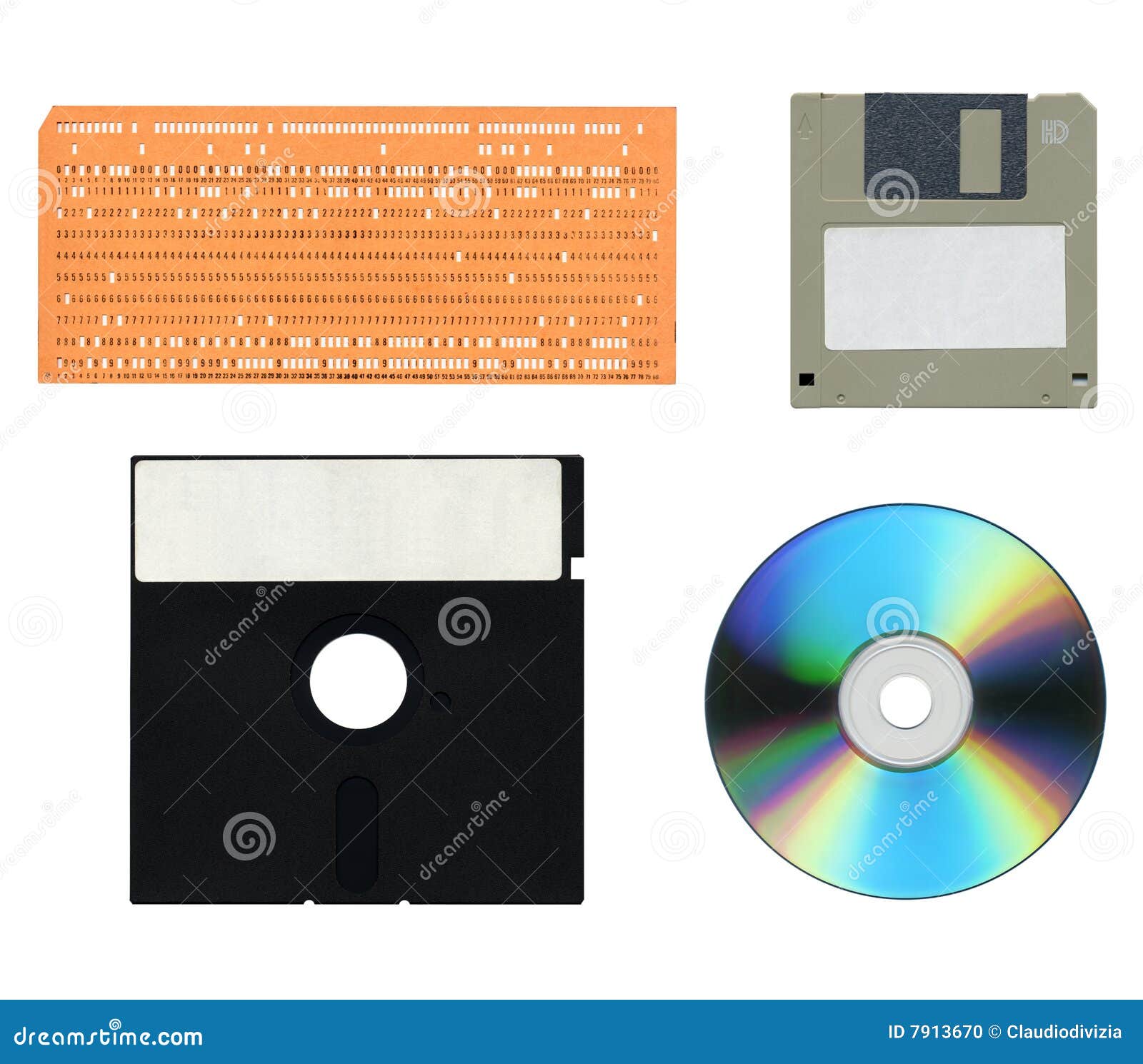
This last point warrants a little more explanation. Google tends to offer the best experience if you’re searching for files by keywords, users, file type, and more. Look for a file storage option that has strong search abilities. As you evaluate your options for saving files online, look for a service that includes firewall protection, intrusion detection, and encryption. Google Drive, for example, records your revision history. This is especially meaningful if you collaborate with other students. One of the most valuable features of web-based or cloud storage is that you can better control versions of documents. Will you need to share documents, perhaps with other students or instructors? If so, you’ll want a web-based file storage option that lets you and other users work on documents at the same time.


There are many free and fee-based options for cloud-based storage in addition to Apple, Google, and Microsoft, including Dropbox, Box, pCloud, Sync, and iDrive.įour things to consider as you compare cloud storage options are collaboration, version control, security, and searchability. What to Look for in Web-Based File Storage
Computer file storage upgrade#
Microsoft users who have Office 365 automatically have 5 GB on OneDrive included with their accounts, and you can upgrade OneDrive starting at $1.99 for 100 GB.Storage upgrades from Google One start at 100 GB for $1.99 a month and go up to $299.00 a month for 30 TB (you probably won’t need that much!). Google accounts come with 15 GB of free storage that you can use for files and folders on Google Drive, Gmail, and Google Photos.Apple offers monthly plans that start at $0.99 a month for 50 GB up to $9.99 a month for 2 TB.
Computer file storage plus#
Apple users get 5GB of free storage with their iCloud accounts, and while that may seem like a lot, it can quickly be consumed by device backups, photos, videos, plus any additional files you upload.You can access free cloud-based storage if you use Apple, Google, or Microsoft products, with the option to purchase storage upgrades. If you save files on your hard drive, you won’t be able to access your files when you’re away from your device unless you have a special application that allows you to remotely log in and access your drive.įree and Paid Online File Storage Options You want to be able to access your files no matter what device you’re using, whether it’s a laptop, a borrowed computer, your smartphone, or a tablet. If you prefer to save your files on a computer, back up your files daily either to an external hard drive or to a cloud-based backup. When you save documents to a hard drive, you must trust that the device won’t fail or become corrupted by a virus, malware, or ransomware. If you’re still saving files to your laptop, desktop, or tablet, you may wish to reevaluate this, for two reasons:


Computer file storage how to#
Desktop/Hard Driveīefore we look at how to organize your files and folders, let’s review the best places to save your files. This article examines the best ways to store, name, and organize files, so you can access them from any device, at any time. We need to access our files wherever we are and whenever we want. One thing is certain: We’re always connected. How many devices do you use on a daily basis? You may have a desktop computer at home and at work, use a smartphone and maybe a tablet at home and on the go, and borrow a computer when you visit friends or the library.


 0 kommentar(er)
0 kommentar(er)
